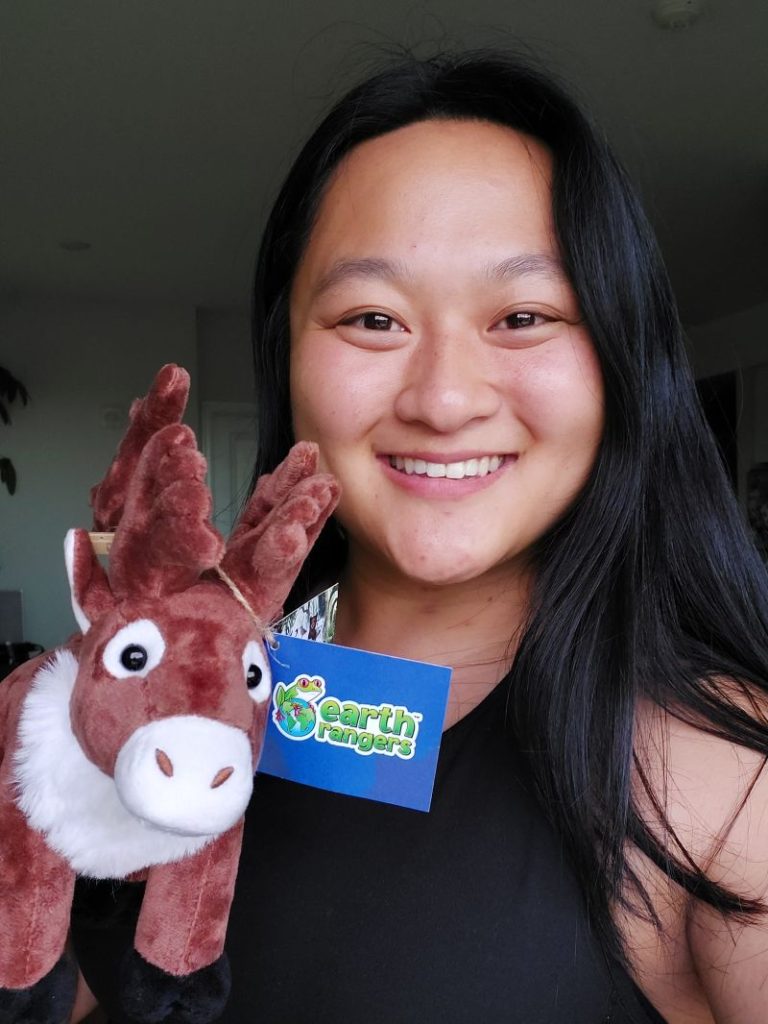
Hi, I’m Yifeng Wang! I study geography at Queen’s University, and this year, I’m studying the permafrost peatlands of Newfoundland and Labrador, where herds of caribou roam. In the peatlands, thick layers of decaying plants called peat help the ground stay frozen. Lichen and plants that caribou love to eat grow all over the peatlands.
But because of climate change, caribou are having a harder time finding food to eat and places to live. I’m studying the ways that the permafrost is changing so that we can figure out how to protect caribou for generations to come.
When you adopt a caribou from Earth Rangers, you’ll be supporting my research in the peatlands and helping me keep this vital ecosystem safe for all the animals and people who live there. You’ll receive a cute and cuddly plush toy, an adoption certificate, a trading card, and a poster full of fun facts for your bedroom wall or your bulletin board. Check the adoption section in the Earth Rangers App for more information!
In the meantime, I’m so excited to update you on all the work I’ve been doing in the peatlands since last summer! I’ll also answer all your biggest questions about caribou and their chilly habitat.
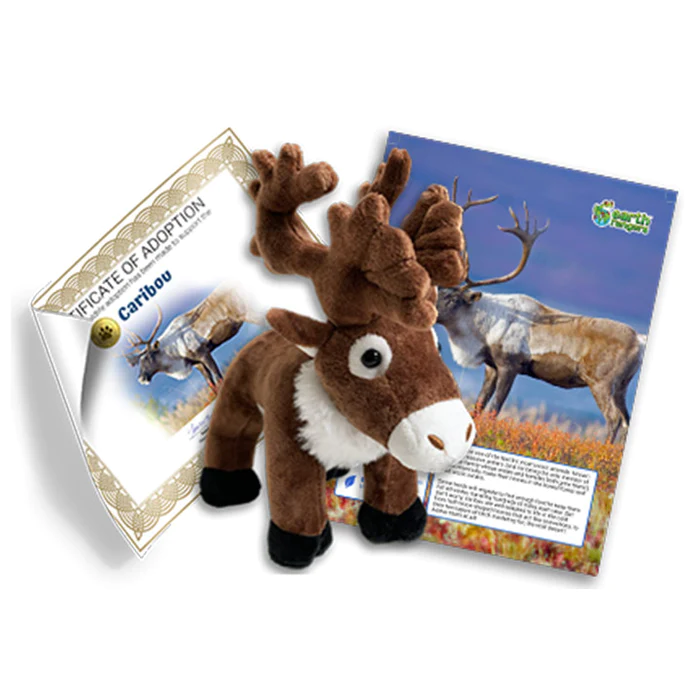
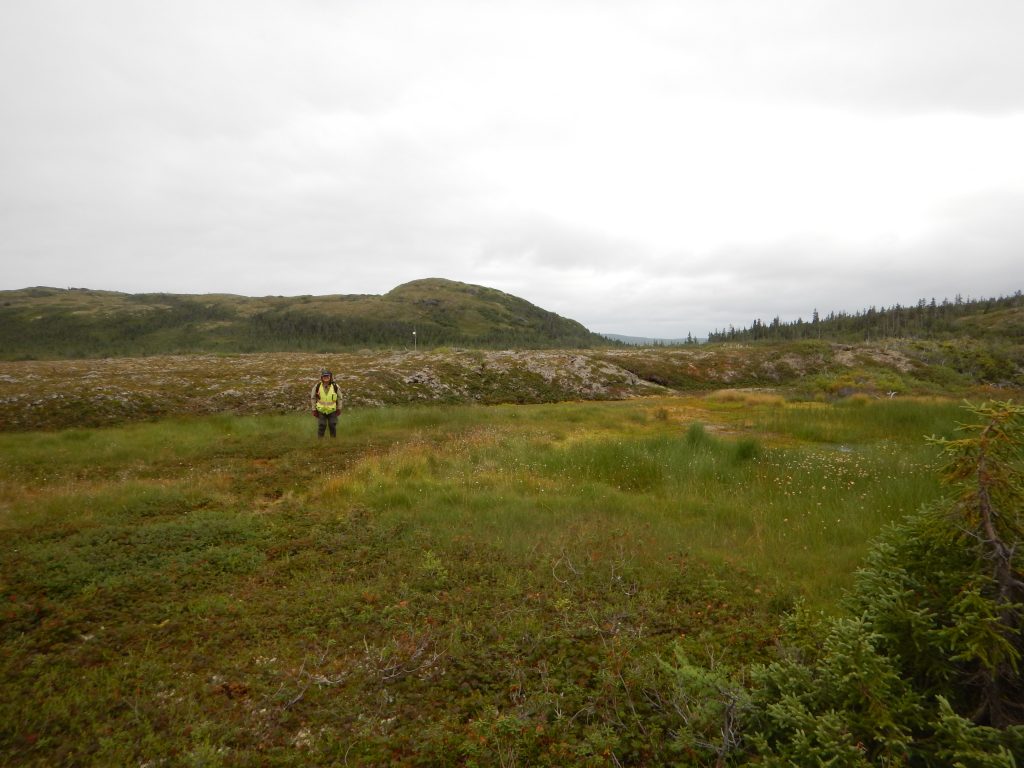
How I Spent Last Summer
I went back up to Labrador in July and August for my third summer field campaign dedicated to investigations of peatland permafrost in the region. During this summer’s field campaign, I focused on downloading data from our network of peatland permafrost monitoring stations that are set up all along the coast of Labrador, from Blanc-Sablon, Quebec, up to Nain, Nunatsiavut, Labrador. At these stations, we have sensors that record air temperature, ground surface temperature, ground temperature, and snow depth. We also have trail cameras that help us monitor the wildlife that moves through our study sites.
Here are some photos that we captured on our trail cameras! They photographed red foxes, caribou, and Canada geese.
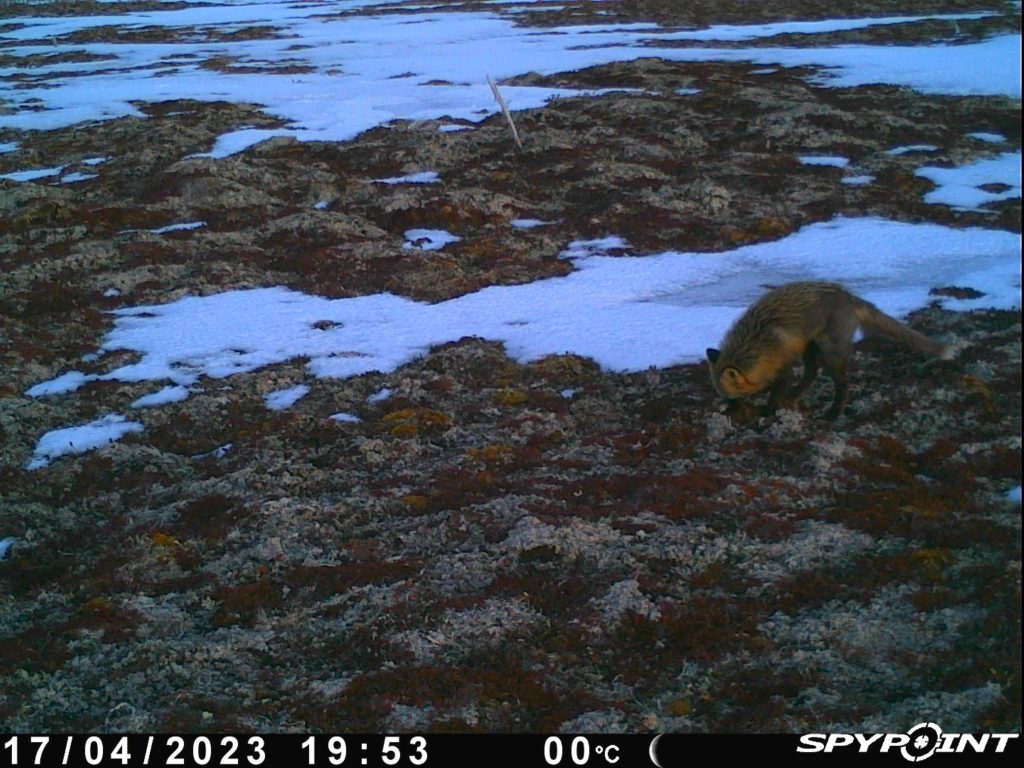
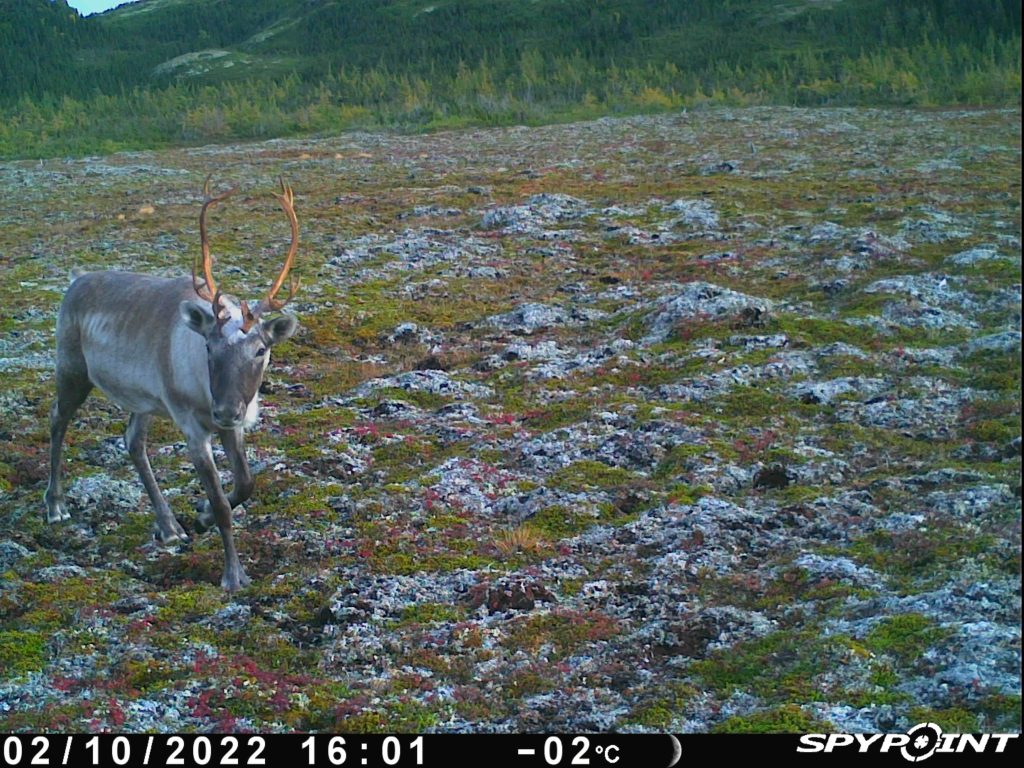
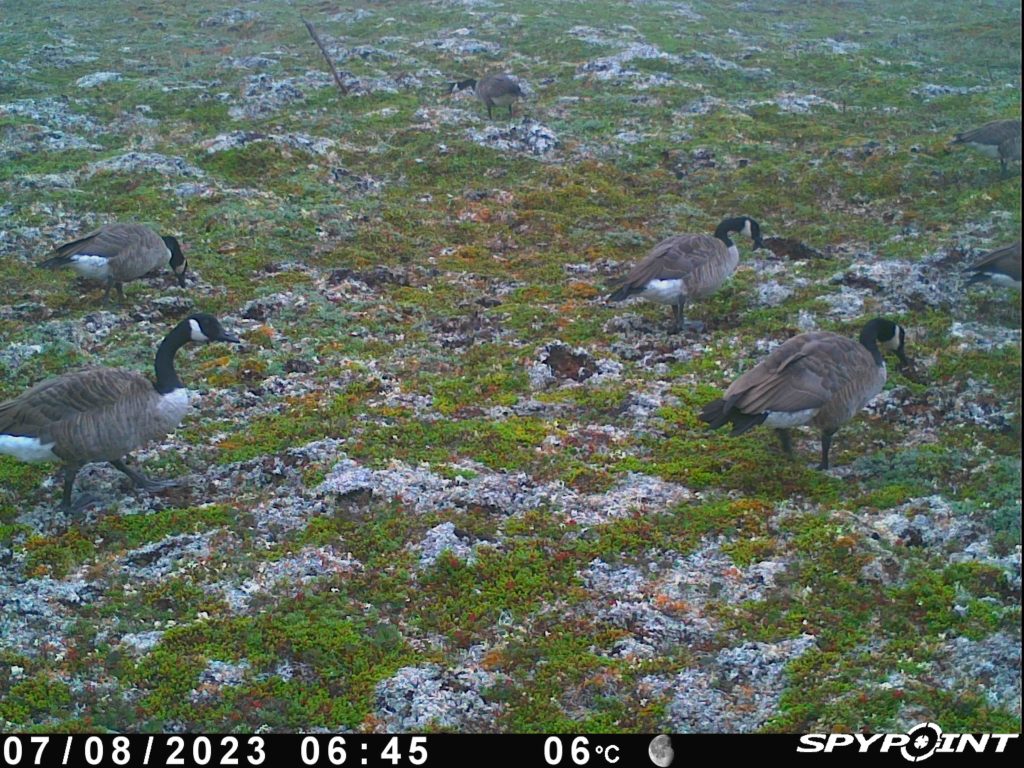
During one of our field visits this summer, we were really excited to see that we were not the only ones visiting our site. A little caribou family actually passed through while we were there!
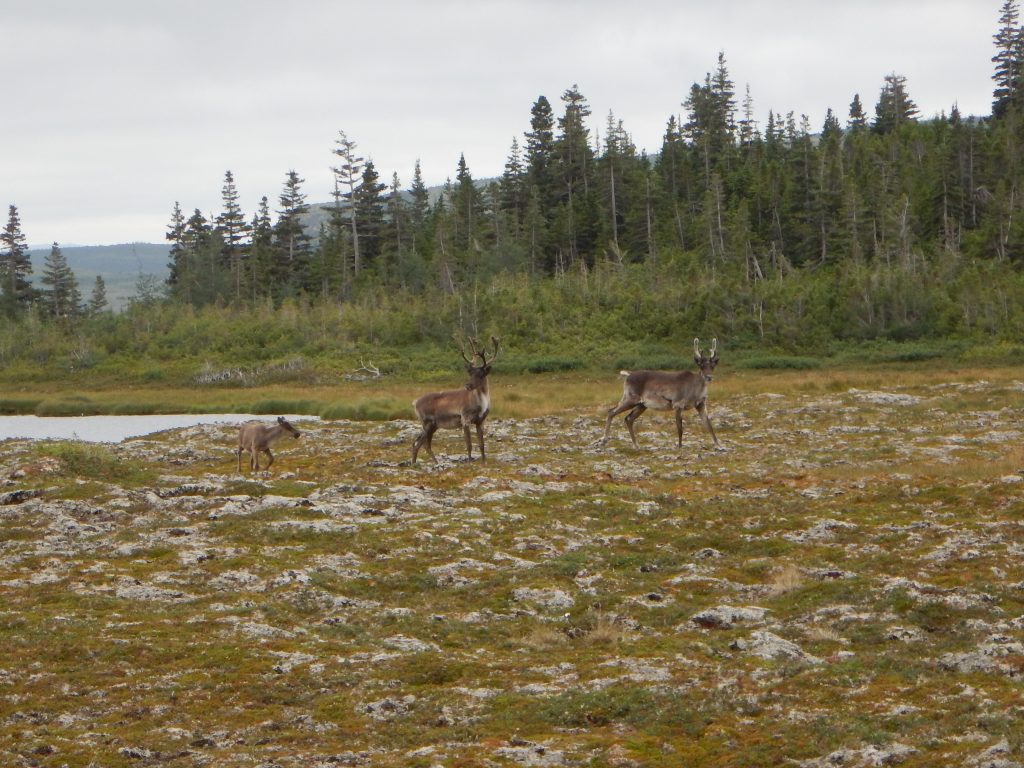
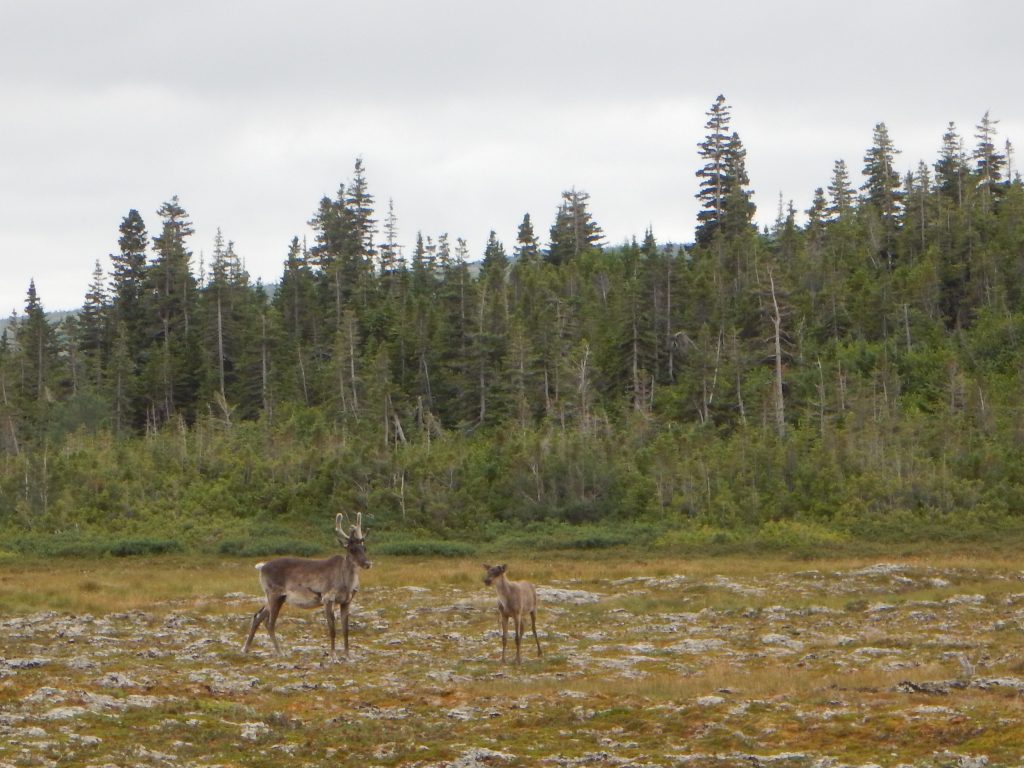
We also dedicated a section of our field season to conducting geophysical surveys. This means that we study the rocks and other substances that make up the Earth, and the physical processes that happen on, in, and above ground. This helps us understand where the permafrost is located below the ground, as well as how deep it is. The transition between permafrost and non-permafrost at these sites is quite sharp, and despite permafrost being found beneath the ground’s surface, we can see this transition pretty easily through differences in vegetation and elevation, or height.
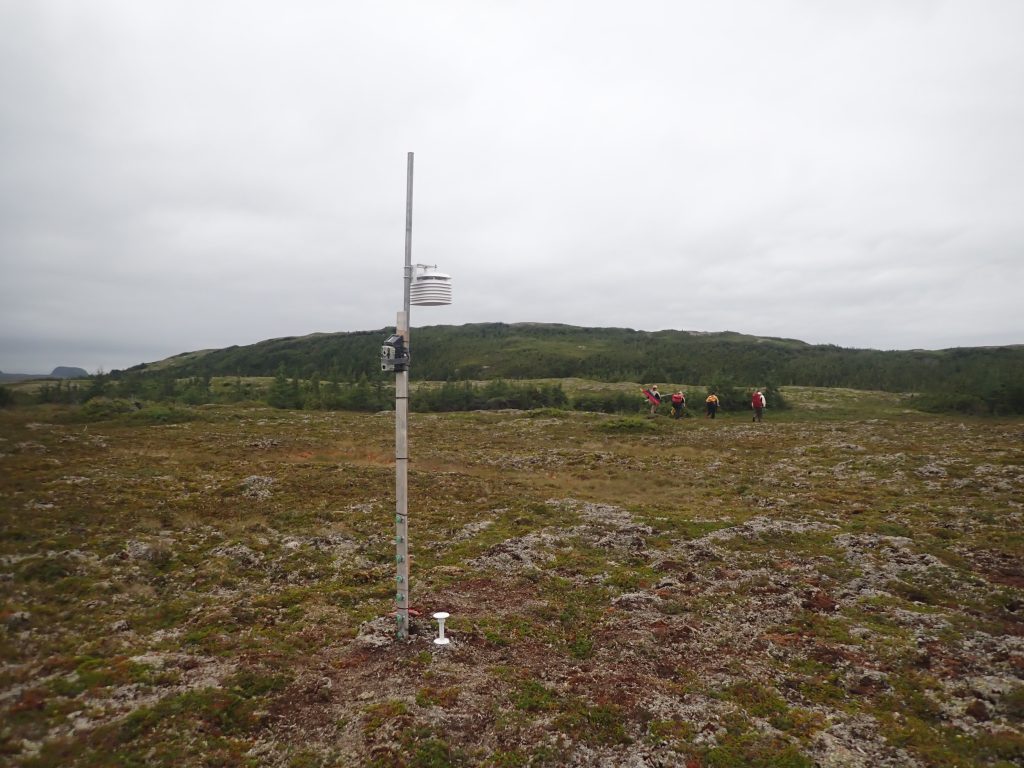
Since returning from the field in late August, I’ve been keeping busy with all of the field data that we collected. I’ve been able to put together long-term ground temperature records from our monitoring stations, with some dating as far back as 2014! These temperature records, which make up the only permafrost temperature records in Labrador, have helped us to understand the thermal, or heat-related, changes to permafrost peatlands in the region. They help us supplement the physical changes we’ve observed in permafrost peatlands through geophysical surveys, drone surveys, aerial photographs, and satellite images.
My next steps are to use the temperature records from these sites to build a model that will help us understand how peatland permafrost in coastal Labrador is expected to change from now until 2100 under continued climate change (changes in temperature, weather, and precipitation, another word for rain, snow, and hail) and ecosystem change (changes in vegetation and hydrology, which is how water moves in relation to earth).
Now It’s Time to Answer Your Questions!
What are baby caribou called?
What is a caribou’s diet?
Can caribou antlers break off?
Do all caribou have antlers?
When is the main caribou breeding season?
Do caribou have antlers in winter?
How many caribou have you seen?



Does are beautiful facts
Those photos are sick